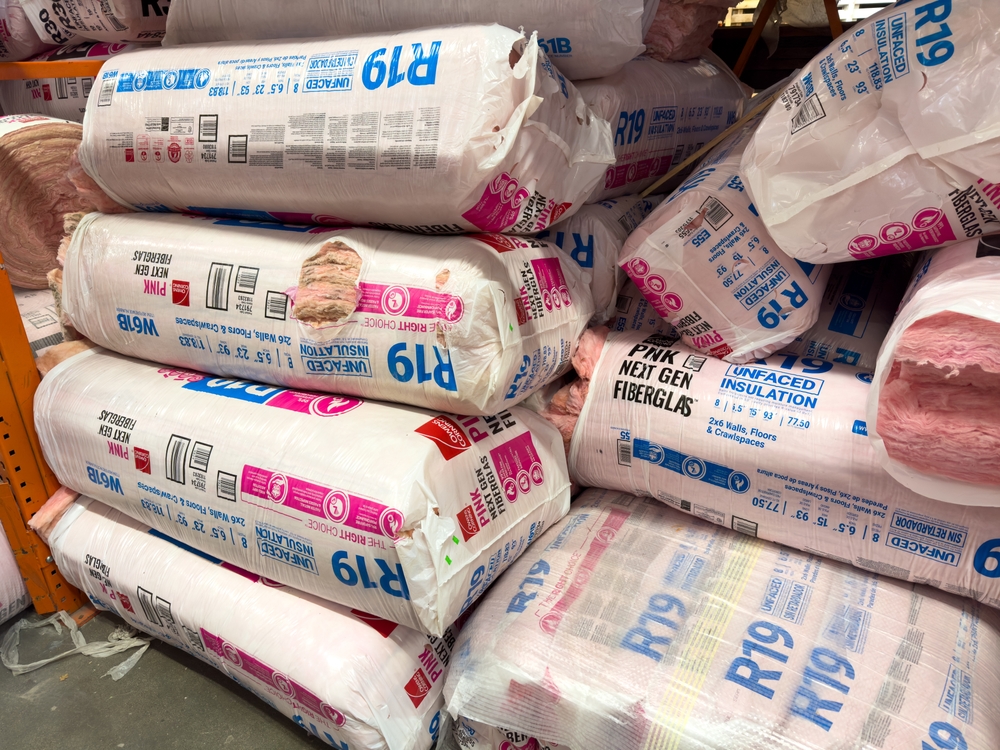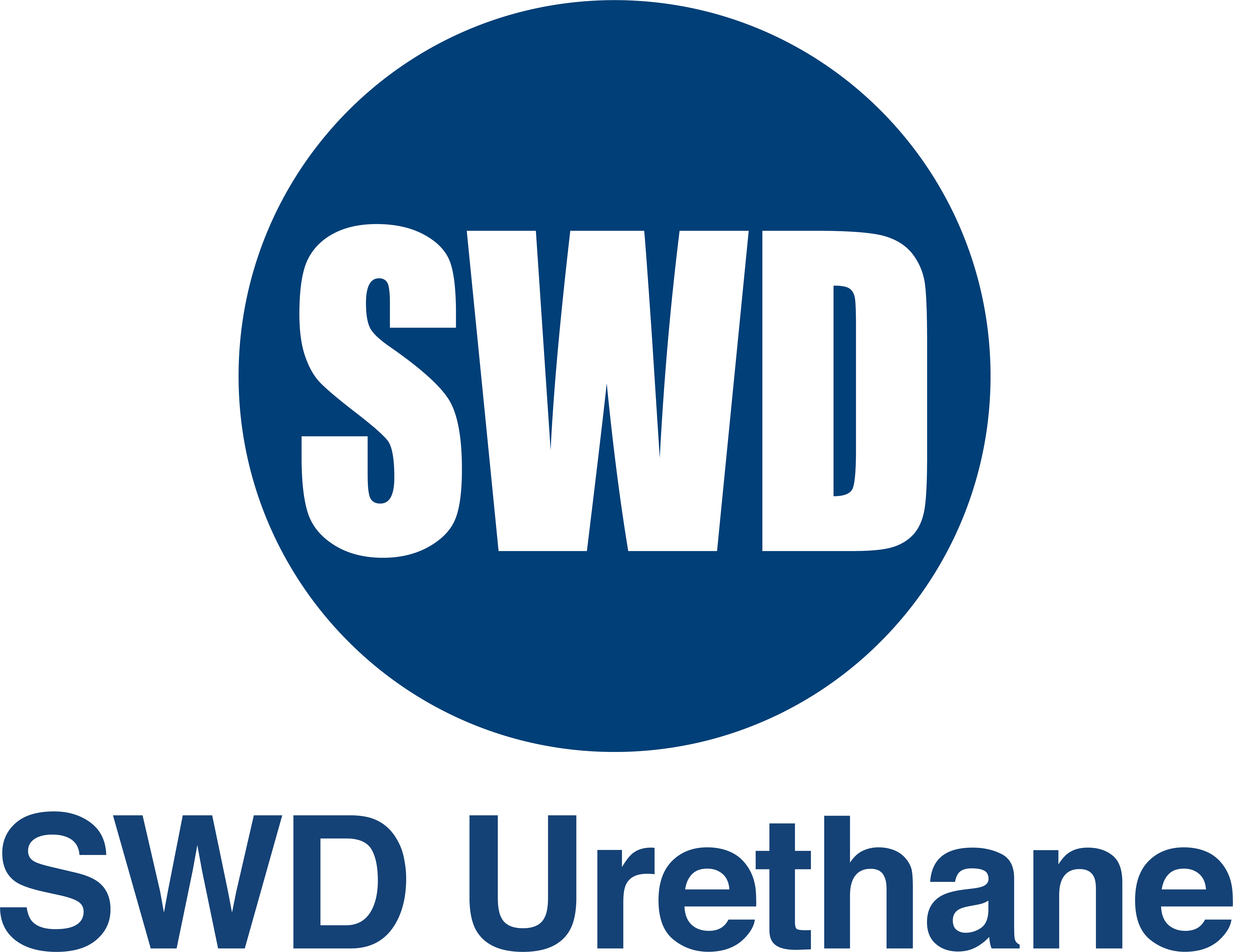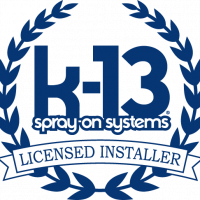
Insulation plays a vital role in maintaining the temperature of a building. It helps to regulate the internal climate by keeping the cold air out in the winter and the hot air out in the summer. When it comes to choosing the right insulation material, one of the key decisions homeowners and builders have to make is whether to use faced or unfaced insulation. While both types of insulation serve the same purpose of enhancing energy efficiency, they differ in their construction, installation methods, and specific uses. Understanding the difference between faced and unfaced insulation can help you make a more informed decision about which type is best for your project.
The Basics of Insulation
Before diving into the specifics of faced and unfaced insulation, it’s important to understand the basic purpose of insulation itself. Insulation materials are used to slow down the flow of heat and help maintain a consistent temperature inside a building. The main purpose of insulation is to reduce energy consumption, improve comfort, and reduce heating and cooling costs. Insulation works by trapping air within the fibers of the material, which then prevents heat from transferring through walls, ceilings, and floors.
The primary difference between insulation types lies in the way these materials are constructed and installed. Faced and unfaced insulation materials differ in terms of the presence of a vapor barrier, which can have a significant impact on their performance and suitability for various applications.
Faced Insulation: What You Need to Know
Faced insulation is a type of insulation that has a built-in vapor barrier on one side. This vapor barrier is typically made from materials such as kraft paper, foil, or plastic. The vapor barrier serves as an additional layer of protection against moisture, helping to prevent the buildup of condensation within walls or ceilings. The barrier’s role is critical, especially in areas where moisture is a concern, such as basements, attics, or exterior walls.
The vapor barrier of faced insulation is usually installed facing the interior of the living space. This means that when the insulation is installed, the side with the barrier should face inward, toward the warm side of the building. The reason for this is that faced insulation is designed to control the movement of moisture, preventing warm, moist air from entering the insulation and potentially causing mold growth or wood rot.
In addition to the vapor barrier, faced insulation also provides a more rigid structure, which can make it easier to install in certain areas. It is commonly used in areas where both insulation and moisture control are needed, such as exterior walls or ceilings in areas prone to high humidity.
Unfaced Insulation: An Overview
Unfaced insulation, as the name suggests, does not have any vapor barrier attached to it. This type of insulation is simply a batt or roll of material without any protective covering on one side. Unfaced insulation is typically used in areas where moisture control is not a concern or where the building itself has an existing moisture barrier that provides adequate protection.
One of the most notable features of unfaced insulation is its versatility. Since it lacks a vapor barrier, unfaced insulation can be installed in a variety of situations where no moisture protection is necessary. It is commonly used in attics or inside walls that are already equipped with a vapor barrier or in climate zones where moisture control is not as critical. Unfaced insulation is also used when the builder plans to install a separate vapor barrier as part of the overall construction.
Despite the lack of a built-in vapor barrier, unfaced insulation still performs its primary function of trapping air and providing thermal resistance. It can be installed in most applications where faced insulation would be inappropriate, making it a more flexible option in some cases. However, it does not offer the same level of moisture protection as faced insulation, which can make it less suitable for areas prone to high humidity.
Choosing Between Faced and Unfaced Insulation
The choice between faced and unfaced insulation largely depends on the specific needs of your project. If you’re insulating a space that is prone to high moisture levels, such as a basement or attic, faced insulation might be the better choice. The vapor barrier helps to prevent condensation from building up within the insulation, which could lead to mold and mildew growth. In these cases, faced insulation can offer added protection for your home’s structure and indoor air quality.
On the other hand, if you are insulating a space that is already equipped with a vapor barrier or where moisture is not a concern, unfaced insulation may be a more suitable option. Since unfaced insulation doesn’t have the vapor barrier, it can be a more cost-effective solution for areas where moisture control is not necessary. Furthermore, unfaced insulation can be easier to install in certain situations, as there is no need to worry about positioning the vapor barrier correctly.
The insulation needs for your home or building will also vary depending on the climate zone in which you live. In colder climates, where heat retention is a high priority, the choice between faced and unfaced insulation might hinge on the need for an additional layer of protection against moisture. In warmer climates, moisture control may be less of a concern, making unfaced insulation a viable option.
Installation Considerations for Faced and Unfaced Insulation
When it comes to installation, there are a few important considerations to keep in mind when using either faced or unfaced insulation. Faced insulation requires careful attention to the placement of the vapor barrier. The barrier should always face the interior of the home to ensure that moisture doesn’t accumulate in the insulation, which could lead to mold or mildew. Incorrectly installing faced insulation with the vapor barrier on the wrong side can defeat its purpose and potentially cause more harm than good.
In contrast, unfaced insulation doesn’t require the same level of attention to placement, since there is no vapor barrier to worry about. However, it is still important to ensure that the insulation is snugly fitted into the spaces between the studs, rafters, or joists to ensure maximum thermal efficiency.
Another consideration during installation is the thickness and R-value of the insulation, which determines its effectiveness at reducing heat transfer. Both faced and unfaced insulation come in a variety of R-values, and choosing the correct R-value for your specific climate and building needs is crucial for ensuring energy efficiency.
The Impact of Faced vs. Unfaced Insulation on Energy Efficiency
Both faced and unfaced insulation contribute to energy efficiency by helping to reduce heat loss in the winter and heat gain in the summer. The primary difference in terms of energy efficiency is that faced insulation offers an added layer of protection against moisture, which can indirectly impact energy efficiency. Moisture buildup in insulation can reduce its effectiveness over time, as waterlogged insulation does not perform as well at trapping air. Therefore, faced insulation, with its built-in vapor barrier, can maintain its performance over a longer period of time in humid conditions.
Unfaced insulation, while effective in its own right, may not perform as well in areas with high humidity, as moisture can infiltrate the insulation over time. However, in drier climates or spaces with an existing moisture barrier, unfaced insulation can still provide excellent thermal resistance and help improve a building’s energy efficiency.
Both faced and unfaced insulation can significantly reduce heating and cooling costs by improving the overall energy efficiency of a building. The choice between the two types should be based on the specific needs of the space you are insulating, particularly in terms of moisture control and climate considerations.
Conclusion
The difference between faced and unfaced insulation lies mainly in the presence or absence of a vapor barrier. Faced insulation is ideal for areas where moisture control is important, while unfaced insulation is a versatile option for spaces where moisture is not a concern. Both types of insulation provide valuable benefits in terms of energy efficiency and comfort, but the decision of which to use will depend on the specific requirements of your home or building. By understanding the differences between faced and unfaced insulation, you can make an informed decision that helps improve the overall energy efficiency and comfort of your space.
Need Insulation Near You?
Since 2001, Ace Insulation Inc. has been your premier insulation experts. We take pride in being locally owned and operated as well as offering high-quality service. We specialize in the installation of insulation. Whether you are building a new home or renovating your existing space, we are the place to call. We have many materials to choose from, including fiberglass and spray foam. If you are looking for high-quality work, call us today to schedule your next consultation!


